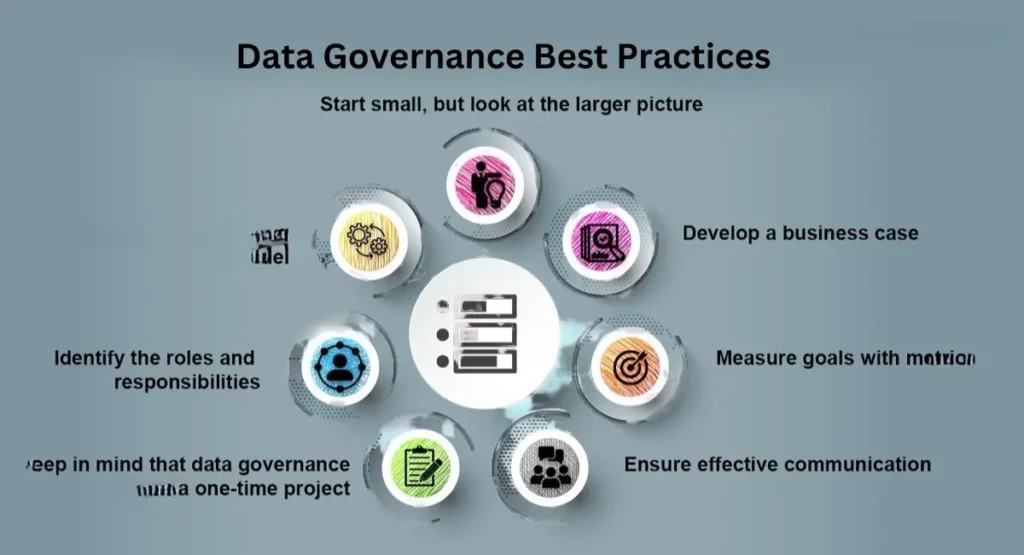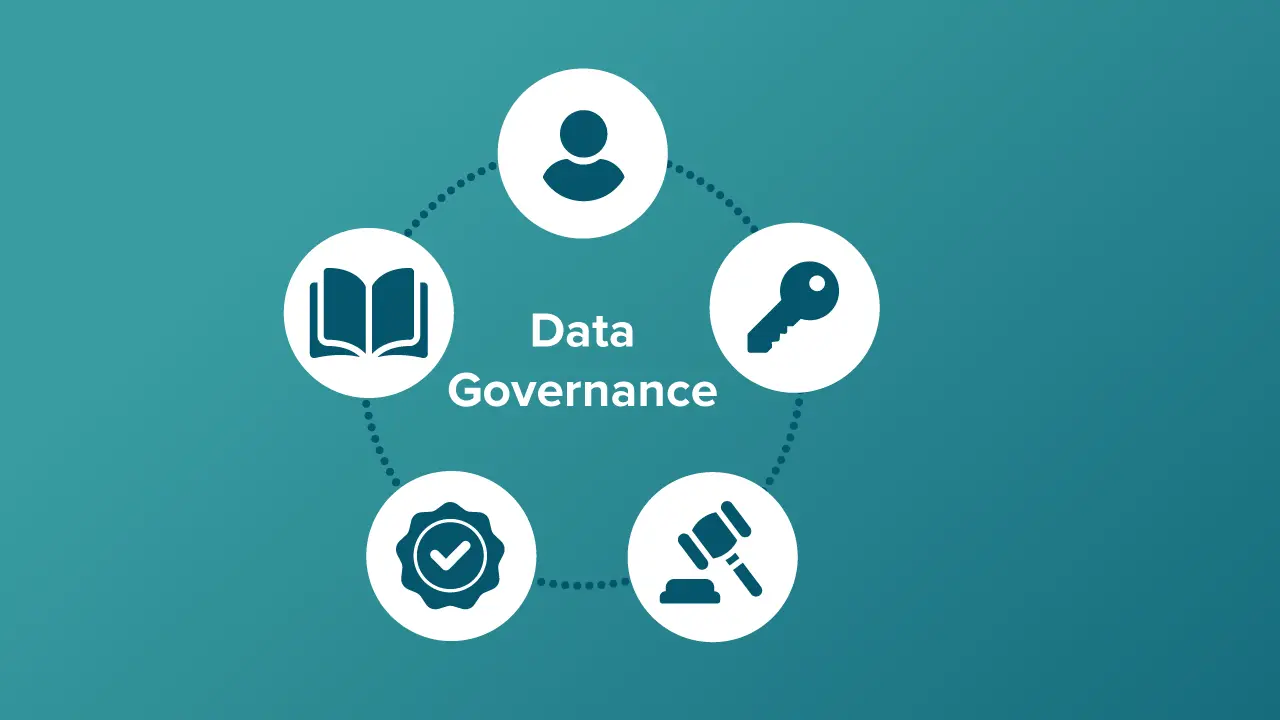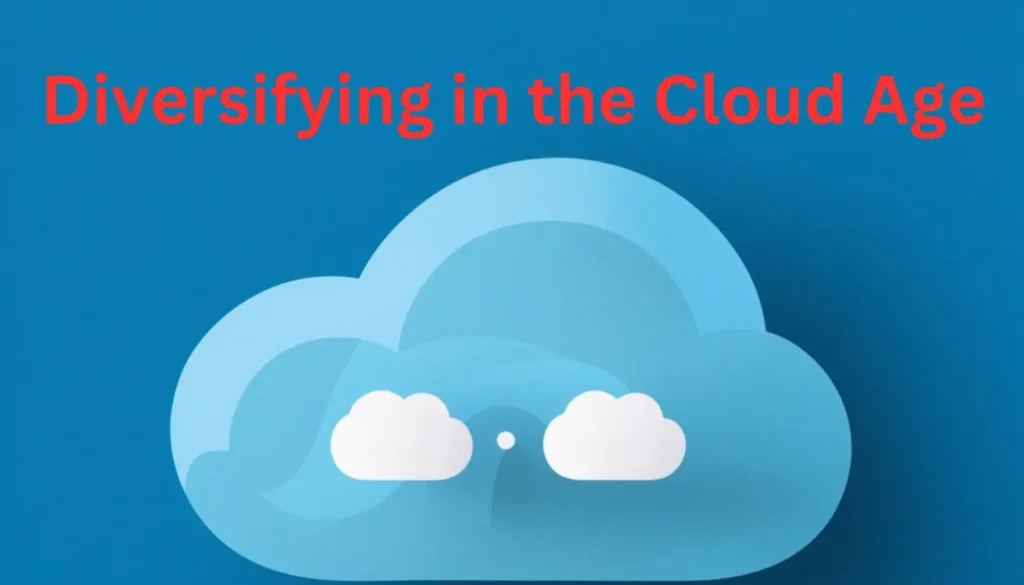In today’s digital age, where data fuels innovation and decision-making, effective management of data is paramount for businesses to thrive. Data Governance, encompassing Master Data Management (MDM) and Reference Data Management (RDM), forms the cornerstone of organizational data strategies. This article delves deep into these concepts, elucidating their significance, implementation strategies, and the transformative impact they offer.
Understanding Data Governance: MDM and RDM
What is Data Governance?
Data Governance refers to the overall management of the availability, usability, integrity, and security of data used within an enterprise. It involves establishing processes, roles, policies, standards, and metrics to ensure that data meets the needs of the business. At its core, it aims to enhance data quality, facilitate compliance, and maximize the value derived from data assets.

Master Data Management (MDM) Explained
MDM focuses on the management of an organization’s critical data assets, often referred to as master data. This includes customer information, product details, employee records, and more. MDM ensures that master data is accurate, consistent, and synchronized across the enterprise, thereby providing a single, reliable source of truth.
Key Components of MDM
- Data Integration: Integrating data from disparate sources to create a unified view.
- Data Quality Management: Ensuring the accuracy, completeness, and consistency of master data.
- Data Governance Framework: Establishing policies, procedures, and controls for managing master data.
- Data Security: Implementing measures to safeguard sensitive master data from unauthorized access or breaches.
Unlocking the Power of Reference Data Management (RDM)
RDM involves the management of non-transactional data that provides context or classification to other data within an organization. This includes codes, classifications, and categorizations that standardize and enrich data sets. By maintaining a centralized repository of reference data, RDM ensures data consistency, enhances data analysis, and supports decision-making processes.
Benefits of RDM
- Consistency: Ensuring uniformity and standardization across data sets.
- Accuracy: Providing reliable reference points for data interpretation and analysis.
- Efficiency: Streamlining data management processes and reducing redundancy.
- Compliance: Facilitating adherence to regulatory requirements and industry standards.
Implementing Data Governance: Best Practices
Establishing a Robust Governance Framework
A successful Data Governance initiative requires a well-defined framework tailored to the organization’s objectives and requirements. This framework should encompass:
- Stakeholder Engagement: Involving key stakeholders from various departments to gain buy-in and ensure alignment with business goals.
- Clear Policies and Procedures: Documenting policies and procedures for data management, including roles, responsibilities, and escalation paths.
- Continuous Monitoring and Improvement: Regularly assessing the effectiveness of Data practices and making adjustments as necessary to address evolving business needs.
Embracing Data Quality Management Strategies
Data quality is imperative for reliable decision-making and business insights. Implementing robust data quality management strategies involves:
- Data Profiling and Cleansing: Identifying inaccuracies or inconsistencies within data sets and correcting them proactively.
- Data Standardization: Establishing consistent formats, conventions, and definitions for data elements.
- Data Stewardship: Appointing data stewards responsible for overseeing the quality and integrity of specific data domains.
Utilizing Advanced Technologies
Harnessing advanced technologies such as artificial intelligence (AI), machine learning (ML), and automation can significantly enhance Data Governance efforts. These technologies enable:
- Data Integration and Aggregation: Seamlessly integrating data from disparate sources and aggregating it for analysis.
- Predictive Analytics: Leveraging predictive models to forecast trends, identify anomalies, and optimize decision-making.
- Real-time Data Monitoring: Monitoring data in real-time to detect issues or anomalies and take corrective action promptly.
FAQs
Q. How does Data Governance differ from Data Management?
Ans. Data Governance focuses on the strategic management and oversight of data assets, encompassing policies, processes, and standards. On the other hand, Data Management involves the tactical implementation of these policies, including data collection, storage, and analysis.
Q. What are the key challenges in implementing Data Governance?
Ans. Some common challenges include organizational resistance, lack of executive sponsorship, inadequate data quality, and complexity arising from disparate data sources.
Q. How can businesses measure the effectiveness of their Data Governance initiatives?
Ans. Businesses can measure effectiveness through key performance indicators (KPIs) such as data accuracy, completeness, consistency, and compliance with regulatory requirements.
Q. What role does Data Governance play in regulatory compliance?
Ans. Data Governance ensures that organizations adhere to regulatory requirements by establishing policies and controls for data management, privacy, and security.
Q. Is Data Governance only relevant for large enterprises?
Ans. No, Data Governance is essential for organizations of all sizes. Small and medium-sized enterprises (SMEs) can benefit from practices to improve data quality, decision-making, and regulatory compliance.
Q. How can businesses justify the investment in Data Governance initiatives?
Ans. Businesses can justify the investment by quantifying the benefits of improved data quality, increased operational efficiency, reduced compliance risk, and enhanced decision-making capabilities.
Conclusion
In conclusion, Data Governance: MDM and RDM form the bedrock of effective data management practices, enabling organizations to unlock the full potential of their data assets. By implementing robust frameworks, businesses can enhance data quality, foster innovation, and gain a competitive edge in today’s data-driven landscape.



